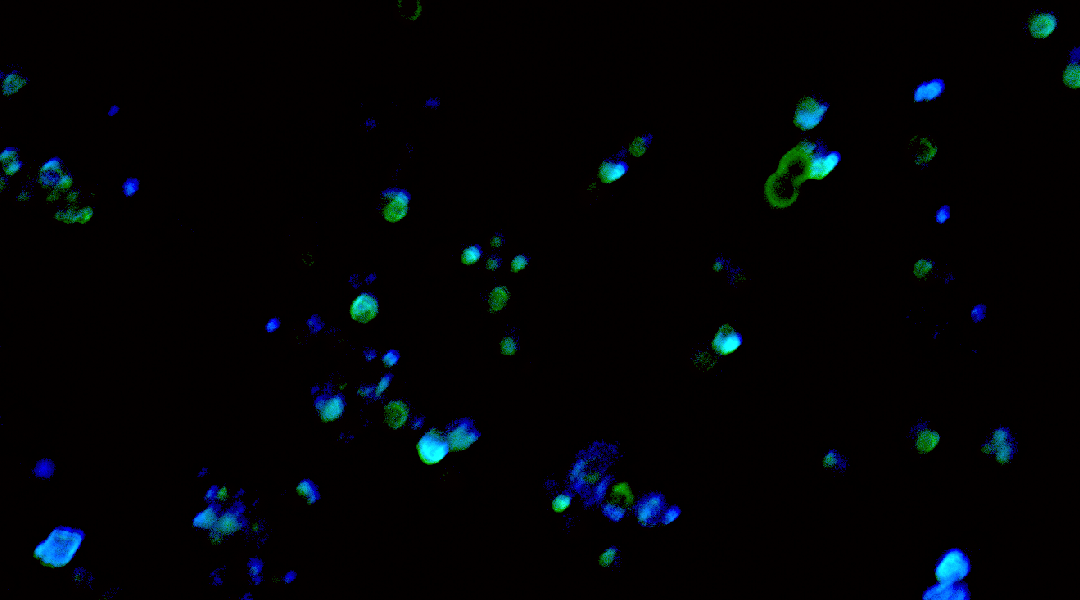The new protocol identified microbes that standard techniques alone couldn’t, uncovering previously unknown bacterial strains in the process.


The new protocol identified microbes that standard techniques alone couldn’t, uncovering previously unknown bacterial strains in the process.

Using a mineral found naturally on Mars, energy and electronics could be easily and sustainably produced on site.

Swarms of iron-clad algae have been built to sweep through bodies of water to collect elusive bits of micro- and nanoplastics.

Inspired by sea asparagus, scientists design a conductive hydrogel that is stronger than natural rubbers and adapted for extreme environments.

Scientists are exploring how to store and transport ready-to-use bioink cartridges to treat injuries on the International Space Station.

The observations of the death-row star and an unfortunate planet give us an advanced preview of Earth’s final fate.

A new cultivation method enhances the concentration of valuable compounds in seaweeds with substantial environmental benefits.

Nine different ways of using technologies based on microbes that can make space research more circular and generally more sustainable.

Analysis of dust particles collected from the surface of the 500-meter-long asteroid has implications for planetary defense.

How seven ancient viruses ranging in age from 27,000 to 48,500 years were recovered from the Siberian permafrost, and what researchers hope to learn from them.